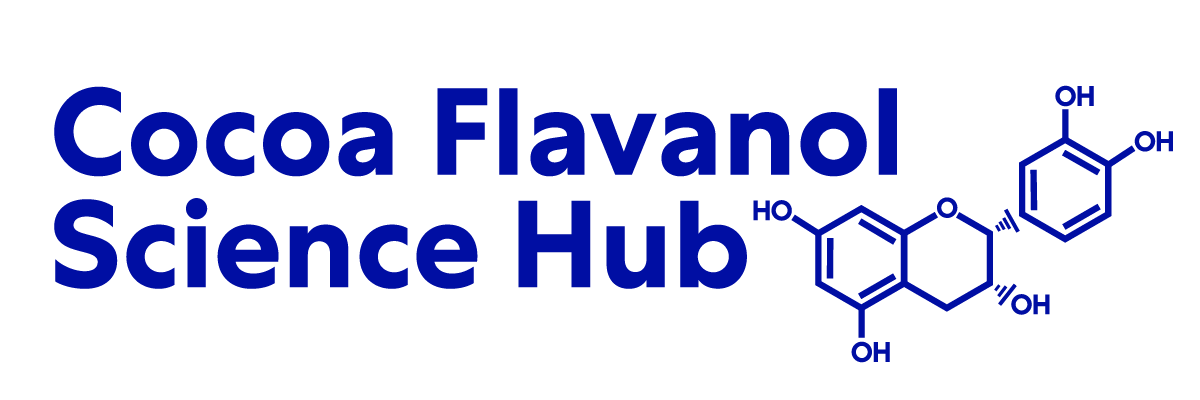Effect of Cocoa Procyanidins on the Secretion of Interleukin-4 in Peripheral Blood Mononuclear Cells
Given the widespread ingestion of cocoa in many cultures, we investigated whether cocoa, in its isolated procyanidin fractions (monomer through decamer), would modulate synthesis of the antiinflammatory cytokine, interleukin-4 (IL-4). Both resting and phytohemagglutinin (PHA)-stimulated peripheral blood mononuclear cells (PBMC) were investigated at the protein secretion level. The smaller-sized cocoa fractions (tetramer or less) were unable to induce an IL-4 response (i.e., values fell below the detection limit of 0.25 pg/ml). The larger oligomeric procyanidins (pentamer or greater) stimulated secretion of IL-4 in resting PBMC by as much as 1.42 pg/ml, as shown by the nonamer. However, only the hexameric, heptameric, and decameric fractions proved to be statistically significant. Cells coincubated with PHA showed an immense increase in secretory IL-4 (21.1 ± 1.1 pg/ml). Only the monomeric fraction was able to enhance PHA-induced secretion by 48%. The other procyanidin oligomers suppressed IL-4 production; in particular, the hexameric, heptameric, and octameric fractions significantly inhibited mitogen-stimulated secretion of IL-4, by 55%, 61%, and 71% respectively. This study offers additional data for consideration of the health benefits of dietary polyphenols from a wide variety of foods, including those benefits associated specifically with cocoa and chocolate consumption.
See the Full Study > (opens in a new tab)









